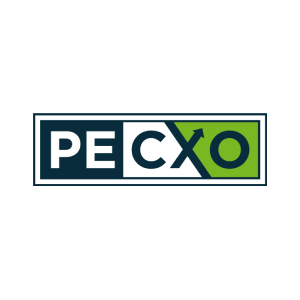One pivotal task that needs to be accomplished early in a PE-backed role is to implement or update an authority matrix — a chart that details which decisions need approval, and who can approve those decisions. Not only can this tool help align daily activities with a sponsor’s expectations and vision, but it also reflects recent organizational changes and can be tailored to a company’s specific needs.
An authority matrix must have complete employee buy-in to be most effective. Without clearly defined guidelines, employees may grapple with uncertainty regarding which tasks necessitate approval and from whom. That confusion often results in wasted time, frustrated employees, costly oversights, and increases the potential for fraud.
Read on to find out how to tailor an authority matrix to meet the needs of your PE-backed company.
Step 1. Find the Right Level of Flexibility in Your Authority Matrix
When implementing and honing an authority matrix, it’s critical to strike a balance between control and flexibility. That balance will look different for each individual company.
First, determine which areas of your authority matrix are more malleable, and which decision hierarchies are non-negotiable. PE companies tend to be fairly prescriptive, so these guidelines may be stricter than they would be within other asset classes. For example, direct impacts on the company’s cash and expenditures will likely require stringent authority guidelines.
Areas of the company that benefit from employees using their unique skills to respond differently to various situations, such as marketing, may allow for more decision-making maneuverability. Any functions that f...
